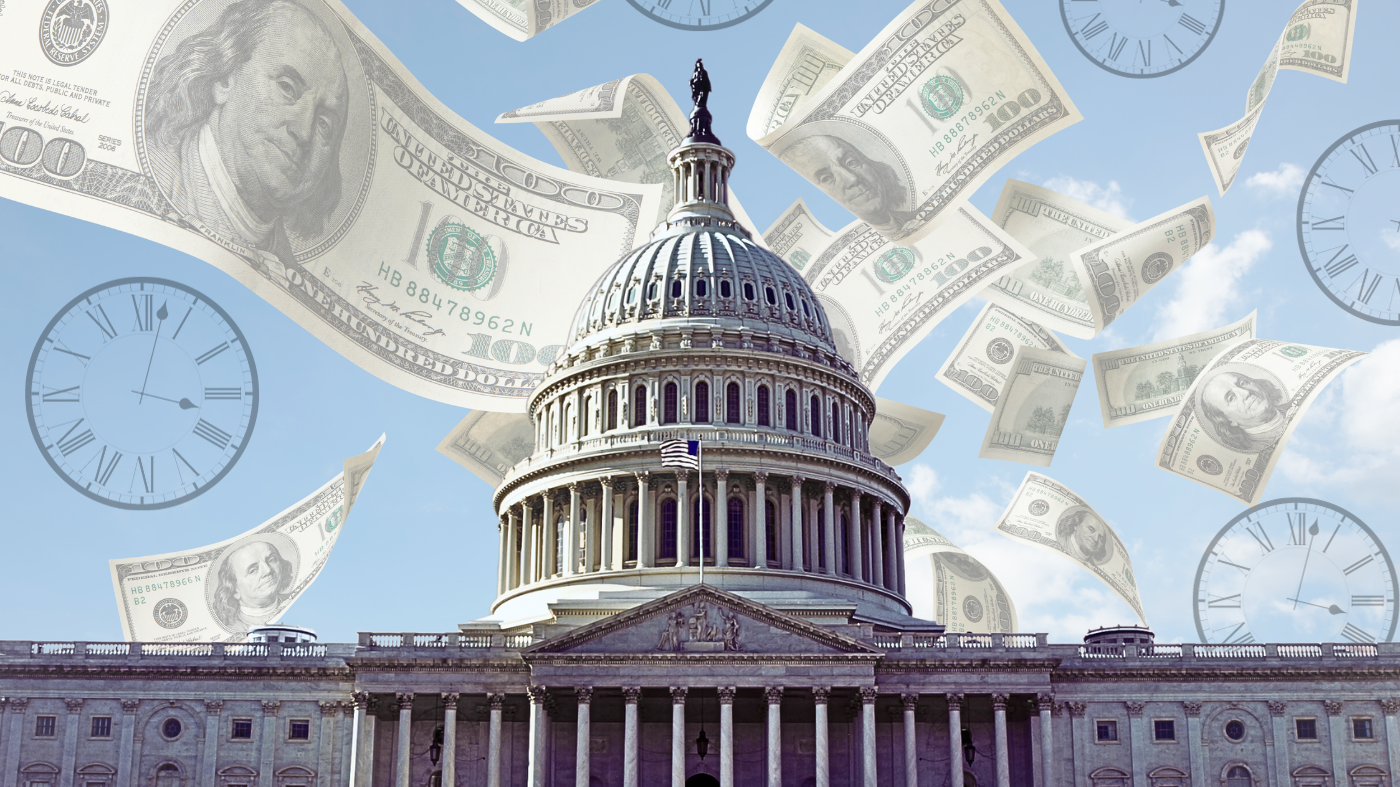The government shutdown, often viewed as a symbol of inefficiency and wasteful spending, is a topic that American citizens can’t escape. With the impending date of October 1, 2023, looming large, many wonder: Why are we here again?
Historical Context: The Why and How of Shutdowns
At its core, a government shutdown happens due to the Antideficiency Act. Passed in 1884 and amended in 1950, this act forbids federal agencies from obligating any funds without Congressional approval. The simple breakdown: If Congress doesn’t pass the 12 annual appropriation bills, a shutdown ensues. This can be full-blown or partial, depending on the number of bills passed.
The Repercussions of a Shutdown
When a shutdown is in effect, federal employees bear the brunt. While some are furloughed, others deemed essential – like air traffic controllers or law enforcers – continue to work unpaid. Essential benefits like Social Security and Medicare persist, thanks to separate laws. However, other services face delays, from passport issuance to national park maintenance. Shutdowns can feel like a crisis, evident from the detailed contingency plans that agencies like the White House Office of Management & Budget release.
Government Departments During Shutdowns
These plans spell out specific procedures. For example, the Securities and Exchange Commission warns against voluntary unpaid work, while the National Gallery of Art may depend on reserve funds to stay open. Even during shutdowns, the President retains his constitutional powers. This principle means that the federal courts, Congress, and their essential supporters remain operational.
The Impending 2023 Shutdown
The scenario for a 2023 shutdown was set in June. The Fiscal Responsibility Act was signed, delineating limits on annual appropriated spending for fiscal years 2024 and 2025. While Senate followed this, House Republicans, challenging the White House agreement, seek lower spending. This disagreement, combined with certain divisive provisions in the House bills, sets the stage for contention. With limited time before the fiscal year’s end, a solution seems distant.
Continuing Resolutions: A Temporary Solution?
When faced with such deadlocks, Congress often passes continuing resolutions. These temporary spending bills keep the government operational for a specified period. However, they come with their challenges, from disrupting hiring plans to complicating overall planning.
Worth noting, the Fiscal Responsibility Act of 2023 contains a feature discouraging prolonged continuing resolutions. If a resolution persists into January 2024, defense spending faces a significant cut.
Shutdowns in Retrospect
Over the years, the U.S. has seen several shutdowns. High-profile ones include the 26-day one in 1995-1996 due to disagreements between President Clinton and the Republican Congress and the 35-day one in 2018-2019 over border wall funding.
Economic Impact of Shutdowns
Short-term shutdowns are an inconvenience, eroding public confidence in politicians. However, prolonged ones can dent the economy. For instance, the late 2018 and early 2019 shutdown, which lasted five weeks, temporarily reduced GDP growth. Although recovery is possible post-shutdown, a residual economic impact remains. This doesn’t even account for indirect consequences like businesses being unable to obtain federal permits.
Wasteful Spending and the Ukraine Connection
A point of contention often missed in shutdown discussions is the government’s wasteful spending. Sending large amounts of money to places like Ukraine without clear accountability raises eyebrows. In the wake of potential shutdowns, a deeper introspection into the government’s spending habits becomes crucial.
As we approach October 1, 2023, the need for fiscal responsibility, reduced wasteful spending, and bipartisan cooperation has never been clearer. The American populace watches and hopes for leadership that prioritizes the nation’s needs over partisan politics.

